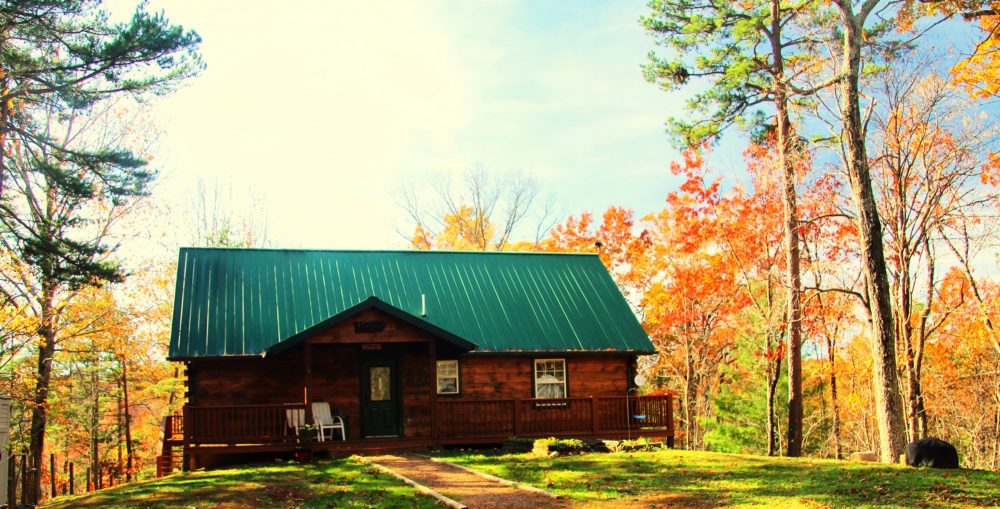Lasting impressions as we cross into Canada heading south.
Alaska screams. Rugged, craggy mountain ranges thrust into the sky with shoulders cloaked in rivers of ice. Frigid, silt laden rivers tumble across miles of moraine in intricate intertwined braids. Glaciers creek and moan and pop before pieces crash into the still waters of lakes and fjords. Fireweed and bluebells paint entire hillsides in brilliant hues.
Alaska whispers. Mamas talk to their young from tiny ducklings to the enormous moose. A lone wildflower clings precariously to the crumbs of soil on a rock strewn peak. The lifeless bodies of thousands of spawned-out salmon drift back toward the sea. The sun bakes.
My most favorite thing?
Watching all manner of wildlife as they interact; mamas and young and larger groups or colonies. The very best, the musk ox family in the wild up along the Dalton highway. The loon who swam right up to my kayak rates up there too.
The most amazing thing?
Flight seeing over Wrangell-St. Elias national Park. It was phenomenal. Colossal. Indescribable.
The most unexpected thing?
Shore birds like yellow legs, gulls, and plovers along icy shores and high in the pine trees. Pelagic birds like the long-tailed jaeger that lives nearly all its life at sea soaring over the tundra hunting mice/voles.
The most “Alaska” thing?
Permafrost. It shapes so much of the Alaska we see.
The underbelly
When we travel through a place slowly we see a bit more of the less than perfect. The powers that be on the Kenai are struggling mightily to repair damage done to pristine salmon spawning habitat by thousands of anglers’ boots. Salmon runs are a fraction of their historic numbers. Gold mining has a fantastic colorful history but has left ugly scars on many beautiful creek beds and valleys. The very roads that allow us to visit so much of Alaska were a huge environmental impact when built and continue to affect the area by accelerating melting of permafrost.
